



When applying mineral fertilizers, it is essential to consider the balance of nutrient elements and their compatibility. A deficiency or imbalance in these elements can hinder plants from fully expressing their genetic yield potential.
When applying mineral fertilizers,
it is essential to consider the balance
of nutrient elements and their compatibility. A deficiency or imbalance in these elements can hinder plants from fully expressing their genetic yield potential.
it is essential to consider the balance
of nutrient elements and their compatibility. A deficiency or imbalance in these elements can hinder plants from fully expressing their genetic yield potential.
Laws of farminG
At PureFert Group we are committed
to conducting our business with
the highest standards of integrity, transparency, and accountability.
to conducting our business with
the highest standards of integrity, transparency, and accountability.


This stage involves the formation and differentiation of reproductive organs. A shortage of nitrogen, phosphorus, and potassium can disrupt root system development and reduce the number of productive stems and flowers.
This stage involves the formation and differentiation of reproductive organs.
A shortage of nitrogen, phosphorus,
and potassium can disrupt root system development and reduce the number
of productive stems and flowers.
A shortage of nitrogen, phosphorus,
and potassium can disrupt root system development and reduce the number
of productive stems and flowers.
#2 Tillering:


Nutrient consumption increases substantially during this period. Insufficient nitrogen can stunt growth, leading to lower yields and diminished quality.
#3 Intensive Growth:


Most plants experience a reduced need for nitrogen during flowering, while the demand for all other nutrients peaks.
#4 Heading & Flowering:


Nutrient uptake gradually declines as the plant approaches the end of its growth cycle.
#5 Seed Formation & Ripening:



During this phase, the plant requires only a small amount of nutrients. A lack of phosphorus at this stage can negatively affect root development and significantly reduce yields.
During this phase, the plant requires only a small amount of nutrients.
A lack of phosphorus at this stage can negatively affect root development
and significantly reduce yields.
A lack of phosphorus at this stage can negatively affect root development
and significantly reduce yields.
#1 Initial Stage:



NITROGEN: Promotes the growth of plant mass, enhancing both the size and protein levels of grain yields and green biomass. It is a key component of proteins. Unlike nitrate nitrogen, ammonia nitrogen remains in the soil without leaching. It aids in better phosphorus absorption and is taken up directly by plant roots.
PHOSPHORUS: Plays a crucial role in photosynthesis, energy transformation, cell division, and growth, as well as in the transmission
of genetic information. It fosters the development of a strong root system and improves water uptake in plants. Additionally, it enhances disease
and drought resistance, speeds up ripening, and elevates grain quality.
of genetic information. It fosters the development of a strong root system and improves water uptake in plants. Additionally, it enhances disease
and drought resistance, speeds up ripening, and elevates grain quality.
POTASSIUM: Is vital for normal photosynthesis, boosting the synthesis
and transport of carbohydrates from plant leaves to storage organs.
It ensures the stability of grains, tubers, and root vegetables, even during dry periods, and increases their starch and sugar content.
and transport of carbohydrates from plant leaves to storage organs.
It ensures the stability of grains, tubers, and root vegetables, even during dry periods, and increases their starch and sugar content.
POTASSIUM: Is vital for normal photosynthesis, boosting the synthesis and transport
of carbohydrates from plant leaves to storage organs. It ensures the stability of grains, tubers,
and root vegetables, even during dry periods,
and increases their starch and sugar content.
of carbohydrates from plant leaves to storage organs. It ensures the stability of grains, tubers,
and root vegetables, even during dry periods,
and increases their starch and sugar content.




SULFUR: Important for numerous metabolic functions and is found in three crucial amino acids needed for protein synthesis. It enhances phosphorus uptake in calcium-rich soils and regulates redox processes, photosynthesis, and plant growth.
CALCIUM: Essential for soil fertility, maintaining cell wall structure and membrane integrity. It mitigates excess soil acidity and improves the resistance of crops to caking. Moreover, it enhances the availability of molybdenum, manganese, zinc, and boron.
MAGNESIUM: Critical for chlorophyll synthesis, playing an important role in photosynthesis and protein production. It is crucial for vegetative growth and is present in small quantities in many complex fertilizers.




ZINC: Key element for enzyme system function and protein synthesis. It regulates the formation of key growth and development hormones in plants and aids in phosphorus uptake. It is particularly effective in sandy chernozem soils.
BORON: Essential for the development of new cells in growing tissues and organs. It is critical for flowering and the formation of fruits and seeds, and it is especially effective in carbonate soils.

